What Are E Road Bikes?
E road bikes are a transformative innovation in the cycling world. They combine traditional bike designs with modern electric motor technology. These bikes are specially designed for road cycling and cater to riders seeking both performance and convenience. Their growing popularity stems from enhanced speed, reduced effort, and a unique riding experience.
Definition and Key Features
E road bikes are essentially road bikes equipped with a lightweight electric motor and battery. This motor assists the rider’s pedaling, providing extra power when needed. Key features include sleek designs, lightweight frames, and high-performance components. Many models have integrated controls on the handlebars, making adjustments simple. Some advanced e road bikes also offer various riding modes to suit different terrains and riding styles.
Their motors are typically compact and located either at the bottom bracket or rear hub. The batteries are often seamlessly integrated into the bike frame, maintaining an aerodynamic profile. Despite the inclusion of this tech, manufacturers strive to keep the weight low for easy handling.
Differences from Traditional Road Bikes
E road bikes differ significantly from traditional road bikes in functionality and design. The most prominent difference is the addition of an electric motor and battery. These components allow the rider to travel longer distances and tackle steeper climbs with less physical effort.
Traditional road bikes rely solely on a rider’s muscle power, offering no additional assistance. E road bikes, on the other hand, provide a hybrid experience. Riders can pedal like a regular bike or activate motor assistance when needed.
Further differences include slightly thicker frames due to the integrated battery and motor, though manufacturers keep aesthetics in mind. Additionally, e road bikes tend to weigh more, though advancements in materials make them increasingly lighter. This makes e road bikes more versatile and appealing to a broader range of cyclists.
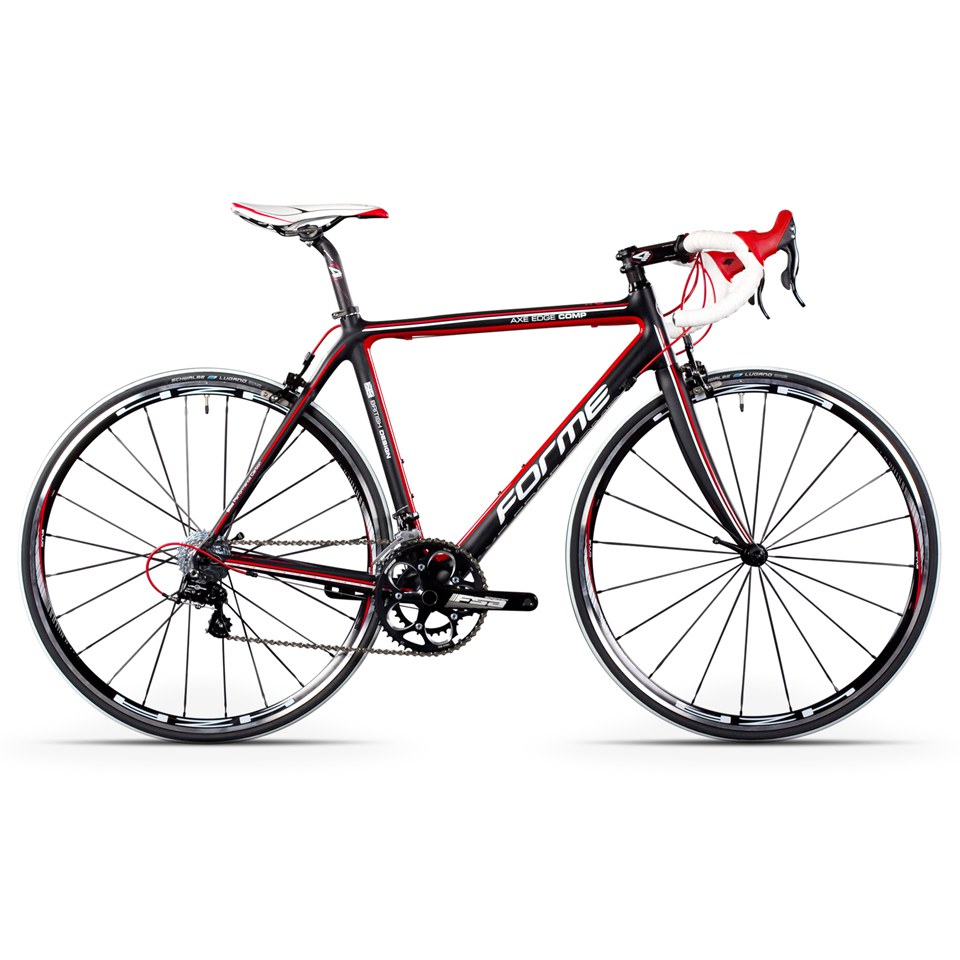
Benefits of Riding E Road Bike
E road bikes provide several advantages, making them a favorite for cyclists of all levels. From boosting speed to offering greater accessibility, these bikes transform the cycling experience.
Enhanced Speed and Efficiency
E road bikes offer motor-assisted pedaling, enabling riders to maintain high speeds easily. The electric motor kicks in during intense climbs or when needing a burst of speed. This feature enhances overall efficiency, allowing cyclists to cover longer distances without exerting maximum effort. Additionally, riders can adjust motor settings to match terrain demands, ensuring power is used optimally.
Accessibility for All Skill Levels
E road bikes make cycling enjoyable for beginners and experienced riders alike. For newcomers, they remove the fear of exhaustion and provide confidence to tackle diverse terrains. Experienced riders benefit from the extra support during demanding routes, boosting their performance. These bikes also level the playing field, making group rides enjoyable as speed discrepancies between riders lessen.
Reduced Physical Strain on Long Rides
Long rides can be physically taxing, but e road bikes minimize fatigue significantly. The motor assistance ensures less stress on leg muscles, helping cyclists sustain energy. Senior riders or those with joint issues can continue enjoying cycling without worry. This reduced strain also encourages more frequent and extended rides, leading to a healthier lifestyle.
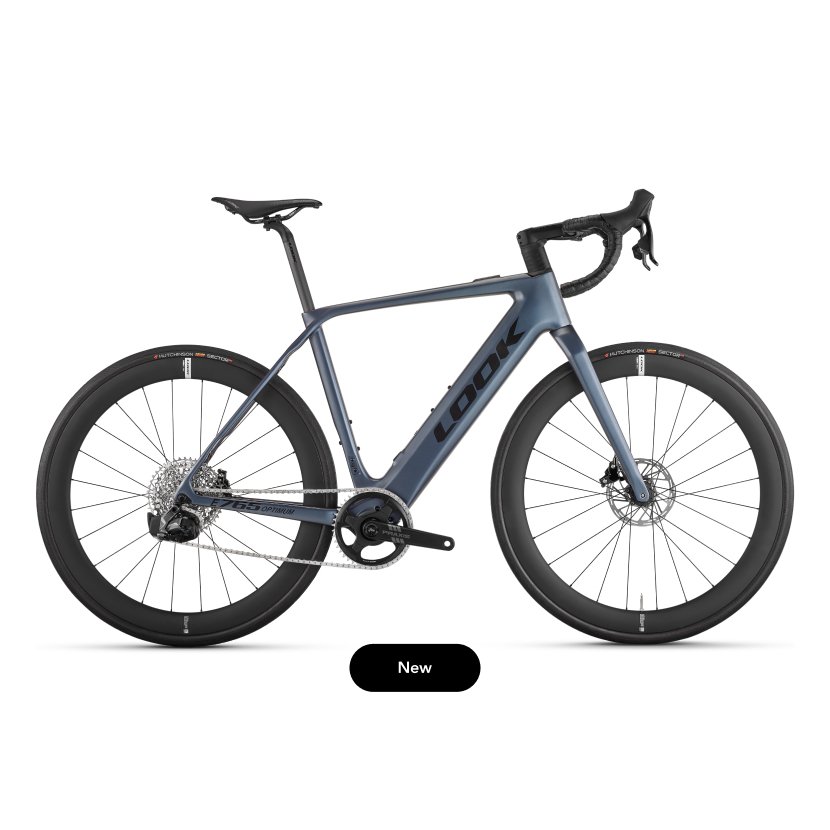
Top E Road Bike Brands and Models
E road bikes are rapidly gaining traction, and choosing the right brand is crucial. Reputable manufacturers consistently produce high-quality bikes with reliable technology and innovative designs. Here are some leading brands and popular models that showcase the best in this space.
Leading Manufacturers in the Market
- Specialized: Known for its cutting-edge designs, Specialized offers lightweight, sleek e road bikes. Their Turbo Creo SL series combines power, range, and precision for superior performance.
- Trek: A trusted name in cycling, Trek provides versatile and durable options. Their Domane+ line emphasizes comfort and long-distance capabilities.
- Cannondale: Renowned for innovation, Cannondale’s e road bikes feature impressive motor integration and premium materials. The SuperSix EVO Neo sets a high standard.
- Giant: Giant focuses on affordability and performance. Their Road E+ series delivers smooth rides and excellent value.
- Canyon: Canyon is praised for its direct-to-consumer sales and top-notch engineering. Their Endurace:ON AL models excel in both design and efficiency.
Popular Models to Consider
- Specialized Turbo Creo SL Expert: Lightweight and versatile, this model offers excellent range and precise motor support. It’s ideal for long rides.
- Trek Domane+ LT: With a sleek design and high-performance Bosch motor, it excels on varied terrains. It’s perfect for endurance riders.
- Cannondale SuperSix EVO Neo 2: Designed for speed, it features a responsive frame and a seamlessly integrated motor.
- Giant Road E+ Pro: Provides great climbing power and consistent assistance, making it a favorite among budget-conscious cyclists.
- Canyon Endurace:ON AL 7.0: Its aluminum frame combines durability with exceptional value, making it a beginner-friendly choice.
Leading brands and their standout models highlight the growing sophistication of e road bikes. Explore these options to find one that matches your cycling goals.
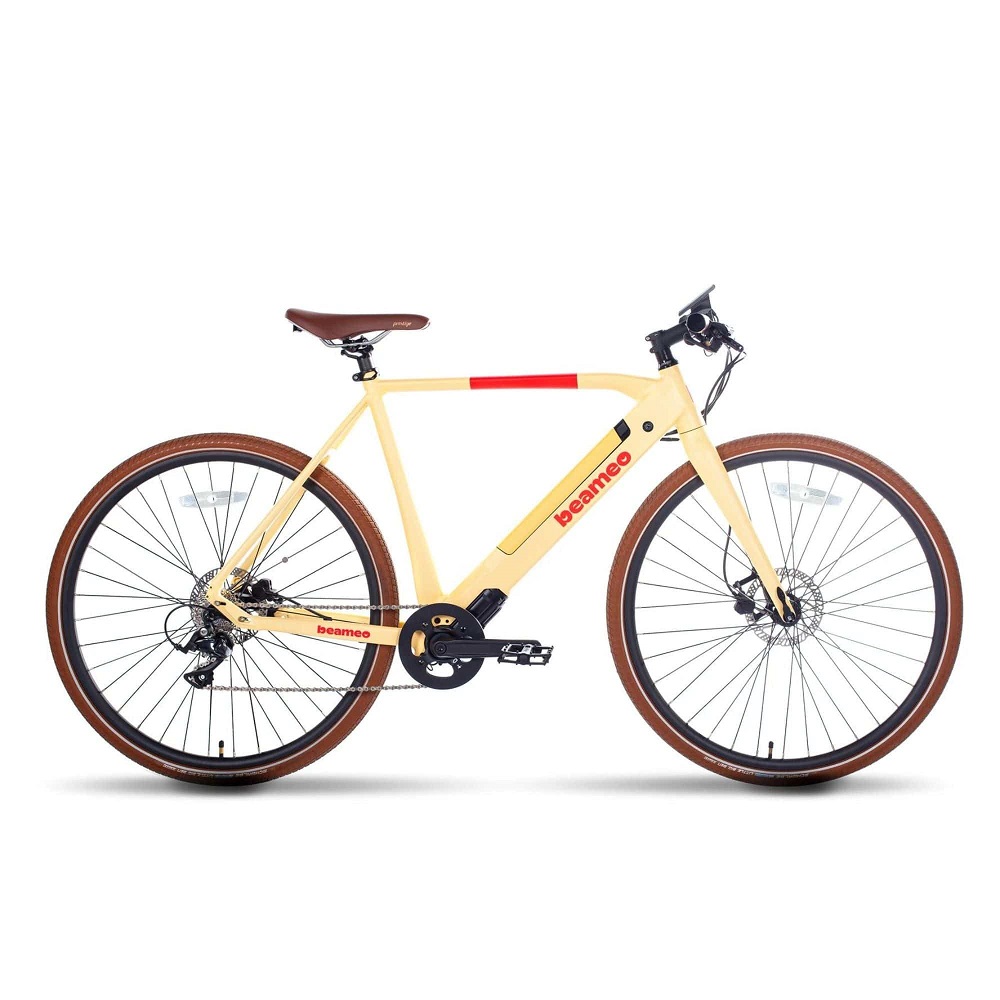
Choosing the Right E Road Bike
Selecting the perfect e road bike depends on your cycling goals and preferences. These bikes offer unique features, and understanding their specifications ensures you make the right choice.
Factors to Consider Before Purchasing
- Riding Purpose: Decide whether the bike is for commuting, fitness, or long-distance rides.
- Budget: Set a budget and compare options within your price range.
- Component Quality: Look for durable gears, reliable brakes, and high-quality finishes.
- Weight: Check the bike’s overall weight for better handling, especially uphill.
- Riding Modes: Ensure the bike offers multiple assistance modes for varied terrains.
- Warranty: Research brands with warranties for motor and battery components to ensure support.
Frame Material and Design
- Material Types: Frames come in aluminum, carbon, or steel. Carbon frames are lightweight and durable.
- Aerodynamics: Look for designs optimizing airflow to maximize efficiency.
- Comfort: Ensure the frame size matches your height and riding posture for long-distance comfort.
- Integration: Choose bikes with seamlessly integrated motors and batteries for a sleek appearance.
- Suspension: Some models offer suspension systems to enhance smooth rides on rough terrains.
Battery Life and Motor Power
- Capacity: Longer rides need high-capacity batteries, measured in watt-hours (Wh).
- Charging Time: Check how quickly the battery can fully charge for convenience during trips.
- Range: Opt for bikes with extended range as per the riding purpose (city vs. mountain rides).
- Motor Location: Motors are either at the hub or crank. Crank-based motors often provide better stability.
- Assistance Levels: Ensure the motor offers adjustable assistance levels for flexibility and power control.
Choosing the right e road bike requires careful evaluation of your preferences and needs. Understanding frame options, battery life, and essential features ensures a satisfying cycling experience.
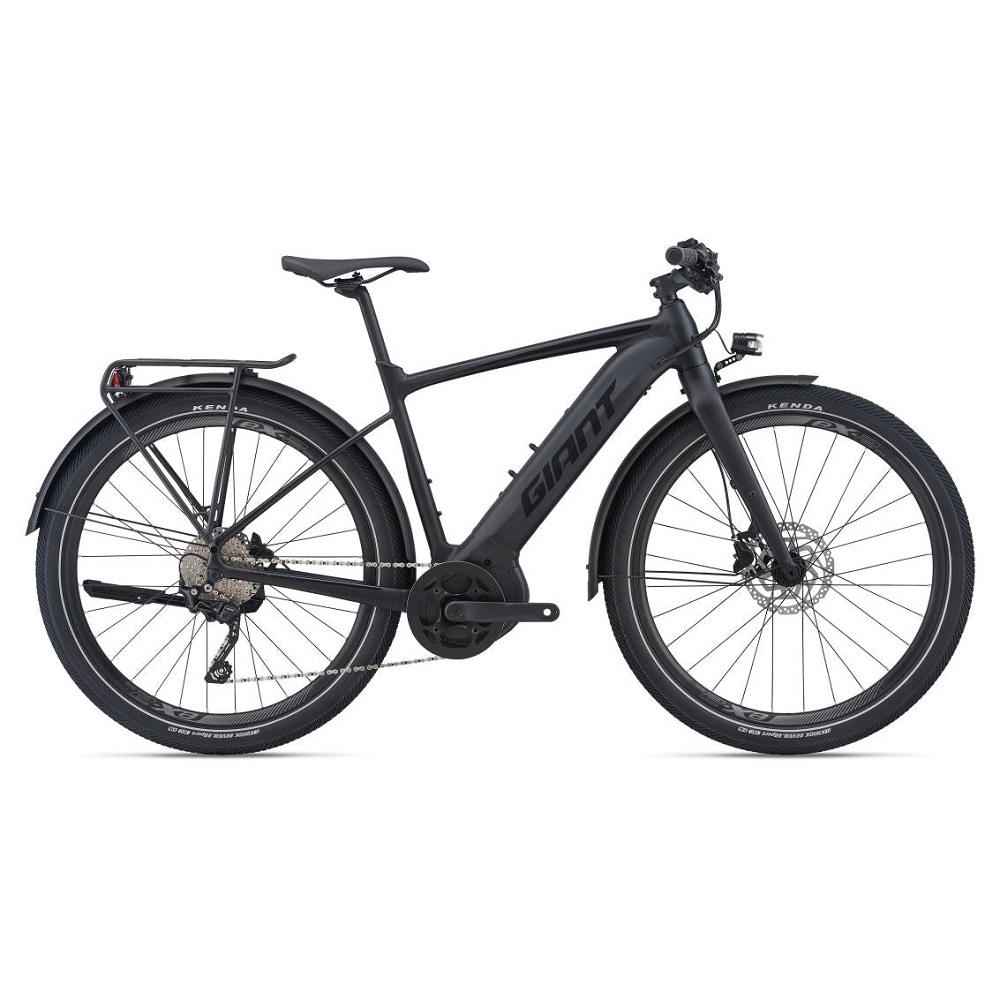
Maintenance Tips for E Road Bike
Proper maintenance is essential to keep your e road bike performing optimally. Regular care extends the bike’s lifespan and ensures a smoother riding experience. Below are helpful tips to maintain your e road bike and address common issues effectively.
Routine Service and Care
- Clean Your Bike Regularly: Remove dirt and debris from the frame, chain, and components often.
- Inspect the Battery: Check the battery for proper charging and look for signs of wear or damage.
- Lubricate Moving Parts: Apply lubrication to the chain and gears for seamless operation.
- Tire Maintenance: Check tire pressure frequently to ensure safe and efficient riding.
- Check Brakes: Test brake pads for wear and replace them if needed for reliable stopping power.
- Examine the Motor: Ensure the motor is running smoothly without strange noises or reduced assistance.
- Schedule Professional Service: Visit a bike shop periodically for a comprehensive inspection and repairs.
Troubleshooting Common Issues
- Battery Draining Quickly: Ensure connectors are clean and check for issues with charging equipment.
- Motor Malfunctions: If the motor fails, examine wiring and consult the user manual for diagnostics.
- Unusual Noises: Tighten loose bolts, inspect gears, and lubricate squeaky or grinding components.
- Power Assistance Problems: Verify motor settings and inspect sensors for potential interference or damage.
- Display Errors: Reset the bike display system or update firmware based on brand-specific guidelines.
- Gear Shifting Issues: Adjust derailleurs and cables to restore smooth shifting between gears.
- Flat Tires: Carry a repair kit or spare tube for quick fixes during your rides.
Maintaining your e road bike helps avoid unexpected breakdowns and ensures maximum enjoyment. With routine service and proactive troubleshooting, your bike will remain reliable for years to come.
E Road Bike for Competitive Cycling
E road bikes are rapidly establishing themselves in competitive cycling. Their advanced technology enhances performance for racers seeking speed and endurance. These bikes offer unique features that are transforming traditional racing.
Advancements in Racing Technology
- Lightweight Design: Carbon frames make e road bikes both sturdy and lightweight for racing efficiency.
- Aerodynamic Shaping: Engineered frames minimize air resistance, improving speed during intense races.
- Powerful Motors: High-output motors give racers extra torque for steep climbs or quick sprints.
- Intelligent Systems: Integrated smart sensors adjust power assistance based on terrain conditions and rider effort.
- Battery Optimization: Long-lasting batteries maintain top performance throughout extended race durations.
- Precision Components: Advanced braking systems and gear shifts provide control at high speeds.
Modern racing technology in e road bikes ensures competitive riders can push boundaries like never before. These enhancements streamline performance while retaining durability for repetitive and intense cycling events.
Rules and Regulations in Competitive Events
- Power Limits: Most racing events cap motor pedal-assist power at 250 watts for fair competition.
- Speed Restrictions: Assistance is typically limited to speeds under 25 km/h, keeping races competitive.
- Bike Inspections: Officials check bike compliance with weight, power systems, and equipment guidelines before events.
- Skill Emphasis: Regulations aim to preserve human effort and skill as primary factors in races.
- Event-Specific Rules: Some races ban e road bikes entirely or designate separate categories for e-bike participants.
- Emerging Standards: As e road bikes gain popularity, new standards ensure balanced competition.
Competitive cycling with e road bikes follows evolving rules to maintain fairness and integrity. Riders must be aware of regulations to compete successfully in this exciting niche.
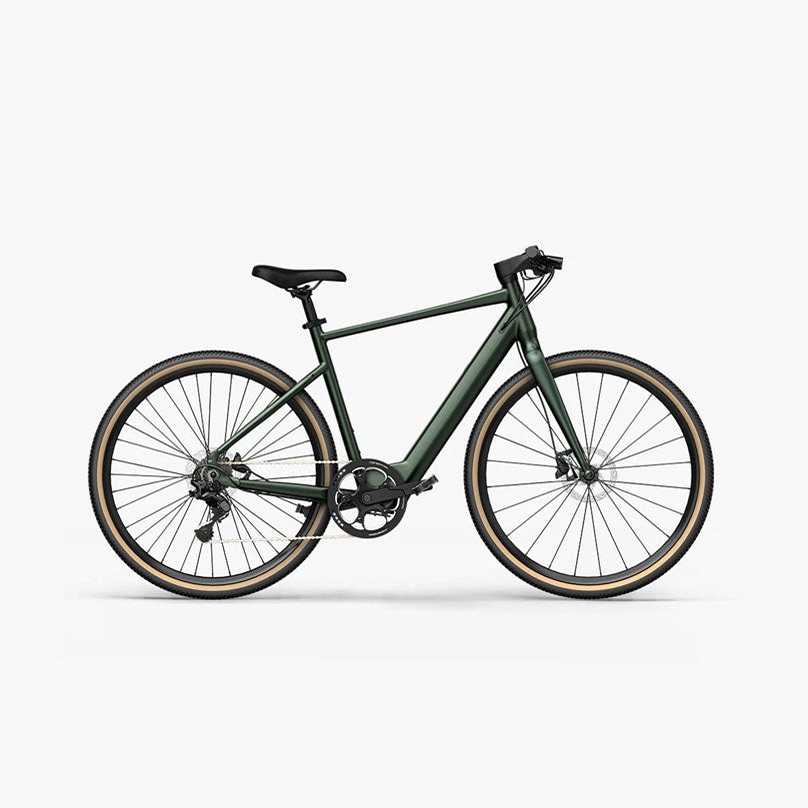
Future of E Road Bike
The future of e road bikes looks promising with advancements in technology and social impact. These innovations are set to revolutionize cycling further, making it more sustainable and accessible.
Innovations in Electric Bike Technology
- Lighter Batteries with Extended Range:
- Battery technology is improving with higher capacity and lighter designs.
- Future batteries may increase range while reducing charging times significantly.
- Smarter Assistance Systems:
- AI-based systems will offer adaptive motor assistance based on rider behavior and terrain.
- Smarter controls will enhance comfort and energy efficiency during rides.
- Wireless Integration:
- Bikes may feature wireless connectivity for controlling settings via smartphones or wearables.
- Cloud integration will make performance tracking and diagnostics easier.
- Augmented Reality Displays:
- AR displays can show navigation, speed, and motor usage data directly on the handlebars.
- This provides real-time guidance without distracting riders.
- Improved Frame Design:
- Advances in frame materials will make bikes lighter, durable, and more aerodynamic.
- Customizable frame geometries might better cater to different cycling needs.
- Energy Harvesting Systems:
- Future bikes could recharge using regenerative braking or solar power integrations.
- This will help riders extend trips without additional battery packs.
Environmental and Social Impacts of E Road Bikes
- Reduced Carbon Emissions:
- E road bikes provide an eco-friendly transport alternative, cutting reliance on fuel-powered vehicles.
- They contribute to reducing urban air pollution significantly.
- Encouraging Sustainable Commuting:
- Accessible technology encourages more people to choose cycling for daily commutes.
- This shift reduces traffic congestion and boosts urban sustainability.
- Creating Healthier Communities:
- E road bikes promote active lifestyles, encouraging physical activity among riders.
- Less reliance on vehicles leads to quieter and healthier living spaces.
- Supporting Economic Growth:
- Rising demand for e road bikes creates job opportunities in manufacturing and service sectors.
- Tourism-dependent regions can benefit as e-road bikes attract cycling enthusiasts.
- Bridging Mobility Gaps:
- E road bikes offer mobility solutions for individuals in rural and developing areas.
- Affordable models make cycling accessible to low-income groups globally.
- Advocacy for Infrastructure Changes:
- The popularity of e road bikes increases demand for safer bike lanes and trails.
- Governments may invest more in cyclist-friendly city planning for sustainable transport.
The next decade holds exciting possibilities for e road bikes. Advancements in technology and their environmental and social benefits will redefine the way we ride bicycles.
